The Aster pattern has a boxy, forgiving fit. It's normal with all patterns to have a few fit adjustments so the pattern fits your specific body. For the Aster most of these are pretty basic such as lengthening and shortening the hem or straps. The most common adjustment if probably a bust adjustment for cup size so we will be going over those adjustments today.
What is a Bust AdjustmentOur patterns are drafted for a C-cup (0-18 size range) or a D-cup (14-32 size range). These are sewing cup sizes and not ready-to-wear cup sizes. This is very important. A sewing cup size refers to the difference between your upper bust and full bust and not your bra size. The Aster has both of these measurements on its size chart so it should be pretty clear to figure out if a bust adjustment is a good option for you. To figure out your sewing cup size, subtract your high bust from your full bust, and use the difference to compare to the following chart.
- 1″ = A cup.
- 2″ = B cup.
- 3″ = C cup.
- 4″ = D cup.
- 5″ = DD cup.
- 6″ = DDD cup
If your bust difference is more than the cup your size range is drafted for, you may want to do a Full Bust Adjustment. So for instance, if my upper bust is 29" and my full bust is 33", that is a difference of 4" or a sewing D cup. Since the 0-18 size range is drafted for a 3" difference, I would choose the size that corresponds with my upper bust measurement of 29" which is a size 0, and then do a 1" (0.5" each side) full bust adjustment to the size 0 bodice to get me a full bust of 33".
Conversely, if your bust difference is less than the cup your size range is drafted for you may want to do a Small Bust Adjustment. So for instance, if my upper bust is 29" and my full bust is 31", that is a difference of 2" or a sewing B cup. Since the 0-18 size range is drafted for a 3" difference, I would choose the size that corresponds with my upper bust measurement of 29" which is a size 0, and then do a 1" (0.5" each side) small bust adjustment to the size 0 bodice to get me a full bust of 31".
I will be showing you how to do both of these below. But first, read through the next couple of paragraphs to make sure you need to do an adjustment.
Don't Rush into a Bust Adjustment
The first thing I want to say is not to rush into doing a bust adjustment. We found through testing that the boxy nature of the Aster is pretty forgiving. If your measurements are close to the chart or slightly under, you may be able to simply adjust the bodice at the side seam and get the fit you want. I always recommend doing a muslin of the bodice first to see if this is necessary.
Undergarments Matter
The second thing I want to point out is that undergarments (or the lack thereof) matter. With our models we found a complete cup size difference depending on which bra they wore. Make sure you are wearing the bra you intend to wear with the top or dress when taking measurements and making fit decisions. It makes a huge difference.
How to do a Small Bust Adjustment
If you have decided to do a small bust adjustment, you can follow the following steps, plugging in your own measurements instead.
For this tutorial I am using the following measurements:
Upper bust : 29" / Full Bust : 31" (Difference of 2" or a sewing B cup)
Since the 0-18 size range is drafted for a 3" difference, I chose the size that corresponds with my upper bust measurement of 29" which is a size 0, and then am going to do a 1" (0.5" each side) small bust adjustment to the size 0 bodice to get me a full bust of 31".
Start with your Front Pattern Piece (not the lining) (I am using the bodice for View A, but this process is the same for both views).
Note that the bust point is marked on the pattern piece.
Make the following lines (marked in pink) :
A - Horizontal angled line from side seam middle of the dart to bust point.
B - Vertical line from bust point to bottom of bodice, parallel to grainline.
C - Angled line from bust point to approximate middle of underarm.

Cut along lines B and C, leaving a small hinge uncut at the top of C (underarm).

Make another cut along line A, ending right before the bust point to leave a small hinge.

Draw a line parallel to line B. The distance of the lines from one another is the full amount you are trying to decrease from your full bust (for me this is 1") divided by 2 since this is one side of your bust. So I am marking it 1/2" to the right of line B.

Using the hinges you made, swing the left cut edge of line B over to line up with the new line. This will raise the bust point and shorten the bodice. Tape.

You will notice that the center front is a bit too long for the left side of the bodice. Cut along the lengthen shorten line (you may need to untape it a bit first). Move the bottom center front section straight up so that the bottom of the left side is in line with the right side.

Next, redraw your dart legs. Since the dart is becoming smaller, you may need to trim some of the top portion of the dart first.


Almost done. The last thing we need to do is adjust the side seam. Fold up your new dart and redraw / trim the side seam around the dart. You will probably need to tape some extra paper in the area first.

 Depending on how much you took out for your bust adjustment, you may have some distortion along the underarm or bottom seams. Smooth out whatever needs it.
Depending on how much you took out for your bust adjustment, you may have some distortion along the underarm or bottom seams. Smooth out whatever needs it.
Before you cut fabric make sure to do the same adjustment to the front lining and facing pieces as you did for the main front. You should also compare the side seam to the back side seam and see if it needs to be shortened or lengthened at all.
How to do a Full Bust Adjustment
If you have decided to do a full bust adjustment, you can follow the following steps, plugging in your own measurements instead.
For this tutorial I am using the following measurements:
Upper bust : 29" / Full Bust : 33" (Difference of 4" or a sewing D cup)
Since the 0-18 size range is drafted for a 3" difference, I chose the size that corresponds with my upper bust measurement of 29" which is a size 0, and then am going to do a 1" (0.5" each side) full bust adjustment to the size 0 bodice to get me a full bust of 33".
Start with your Front Pattern Piece (not the bodice lining) (I am using the front for View A , but this process is the same for all views).
Note that the bust point is marked on the pattern piece.
Make the following lines (marked in pink) :
A - Horizontal angled line from side seam middle of the dart to bust point.
B - Vertical line from bust point to bottom of bodice, parallel to grainline.
C - Angled line from bust point to approximate middle of underarm.

Cut along lines B and C, leaving a small hinge uncut at the top of C (underarm).

Make another cut along line A, ending right before the bust point to leave a small hinge.

Get a second piece of paper and draw two vertical, parallel lines.
The distance between the two lines is the amount you are trying to increase your full bust (for me this is 1") divided by 2 since this is one side of your bust.

Tape the two sides of line B along the lines, perpendicular to one another. This will also split open lines A and C. Tape.

You will find that the left side of the top is now longer than the right side. Cut the right side along the lengthen / shorten line and line up the hem (adding extra paper for the added length).

Redraw your dart legs Adding extra paper behind the dart.

Fold the new dart up and redraw the side seam.

Cut.

Depending on how much you took out for your bust adjustment, you may have some distortion along the underarm. Smooth out whatever needs it.
Before you cut fabric make sure to do the same adjustment to the front lining and facing pieces as you did for the main front. You should also compare the side seam to the back side seam and see if it needs to be shortened or lengthened at all.
And that is it. I hope you found this helpful.

